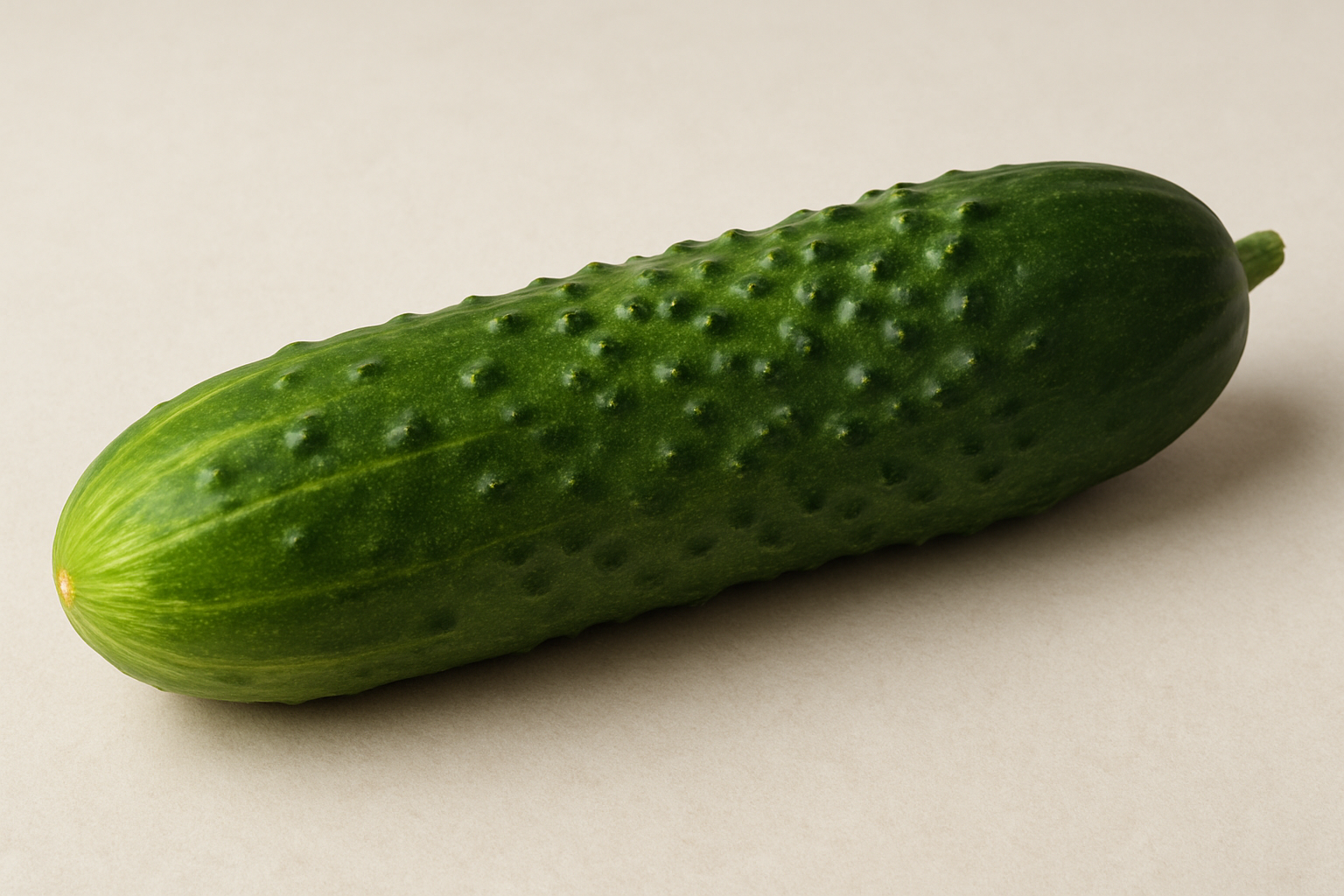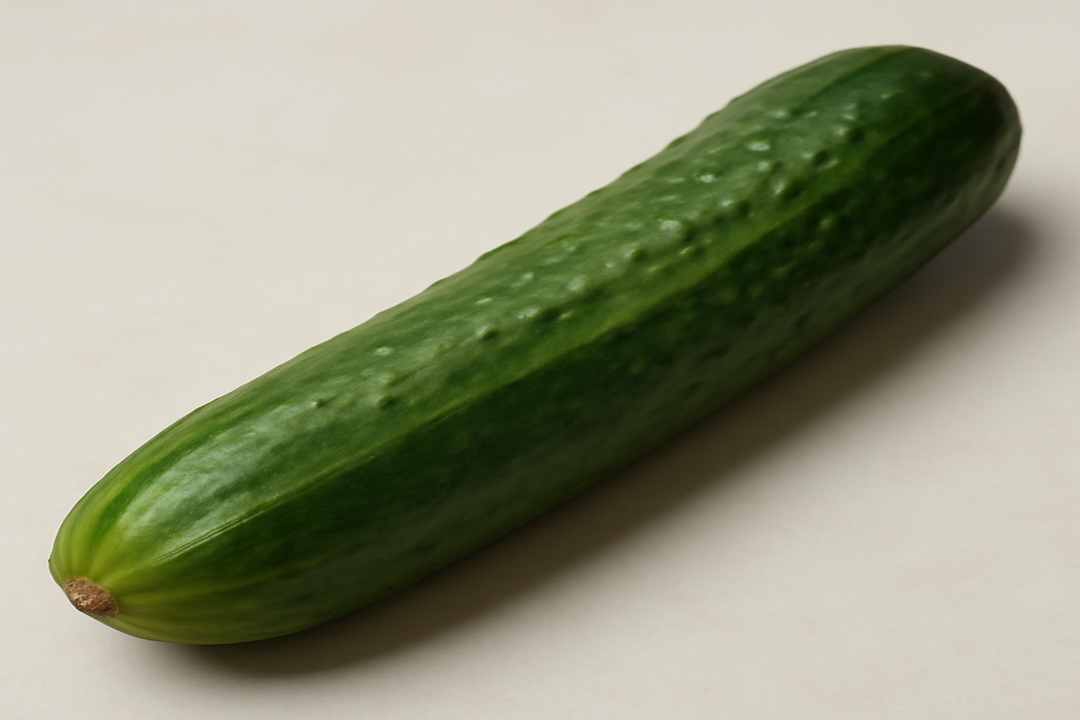The unique shape of the human penis, particularly its mushroom-shaped glans, is a product of evolutionary forces. The leading theory, known as the sperm competition hypothesis, suggests this shape evolved to displace rival semen, enhancing reproductive success. Alternative theories explore roles in signaling, pleasure, and anatomical interactions, highlighting ongoing scientific debate.
The human body is a marvel of evolutionary design, with each part serving a specific purpose honed over millennia. Among these, the penis stands out not only for its reproductive role but for its distinctive shape. This unique form, particularly the mushroom-shaped glans, is not merely a result of random development but has evolved with specific functions in mind.
The Mystery of the Penis’s Shape
Despite its familiar presence in human anatomy, the reasons behind the penis’s unique shape remain a subject of scientific curiosity and debate. The glans penis, with its bell-shaped head, has intrigued researchers for decades, prompting a range of hypotheses aimed at explaining its evolutionary significance. The shape is not just an anatomical curiosity; it represents a complex interplay of biology, competition, and adaptation that has shaped its form over time.
Purpose of This Exploration
This post delves into the evolutionary theories that attempt to explain why the penis is shaped the way it is. By exploring the various scientific perspectives, we aim to shed light on how natural selection has influenced this aspect of human anatomy. From theories of sperm competition to interactions with female anatomy, the explanations are as varied as they are fascinating.
The leading theory, known as the sperm competition hypothesis, suggests that the penis’s shape evolved to enhance reproductive success in a competitive environment. This hypothesis posits that the glans acts to mechanically displace rival semen, thereby increasing the chances of successful fertilization by the current male’s sperm. This theory has gained traction in evolutionary biology discussions, highlighting the intricate mechanisms of sexual selection.
However, the evolutionary story doesn’t end there. Other theories propose that the penis’s size and shape have evolved not only for reproductive efficiency but also as a signal in mate selection and social contexts. These adaptations may have played a significant role in human evolution, influencing not just reproduction but also social dynamics.
In summary, the penis’s unique shape is a testament to the complex evolutionary forces at play in human development. By examining these theories, we gain a deeper understanding of how our anatomy has been shaped by the pressures of survival and reproduction over countless generations. As we explore these ideas further, we uncover the fascinating narrative of human evolution and the intricate design of the body.
As we delve deeper into the evolutionary intricacies behind the penis’s unique shape, the sperm competition hypothesis stands out as a leading explanation. Proposed by Baker and Bellis in 1995, this theory suggests that the mushroom-shaped glans evolved primarily to enhance reproductive success by mechanically displacing rival semen. This adaptation would have been particularly advantageous in ancestral environments where multiple males could potentially mate with the same female, leading to intense sperm competition.
The Mechanics of Sperm Competition
The sperm competition hypothesis posits that the glans penis, with its distinctive bell shape, functions to remove semen deposited by previous partners. This is achieved through a combination of suction and scraping actions during intercourse. By displacing the semen of rivals, the current male’s sperm gains a better chance of reaching and fertilizing the egg. Experimental studies and theoretical models have provided support for this hypothesis, highlighting its significance in evolutionary biology discussions.
Evolution of Size and Shape
Beyond the shape, the human penis has also evolved in terms of size—length and girth—to optimize sperm retention and delivery. The increased length allows for deeper sperm placement within the vaginal canal, which not only minimizes semen loss due to gravity but also places sperm closer to the cervix. This evolution in size is thought to counteract sperm competition and may also serve as a signal in female mate choice, reflecting a male’s genetic fitness and social status.
Alternative Theories and Considerations
While the sperm competition hypothesis offers a compelling explanation, alternative theories suggest additional roles for the penis’s shape. One such theory involves the interaction with vaginal anatomy. The glans and its corona may influence chemical signaling and bonding through their interaction with vaginal secretions, rather than solely displacing semen. This could play a role in post-coital bonding and mate retention.
Additionally, the absence of a penile bone in humans and the presence of a distal ligament are thought to be adaptations related to bipedalism. These anatomical features may have evolved to enhance penile function during intercourse while maintaining efficiency in upright locomotion. Such adaptations highlight the multifaceted evolutionary pressures that have shaped the penis’s form.
Pleasure and Signaling
Another theory suggests that the penis’s shape may have evolved to enhance sexual pleasure, promoting reproductive success through increased likelihood of repeated mating. The glans’s sensitivity could contribute to sexual satisfaction for both partners, reinforcing pair bonds and encouraging monogamous relationships, which could have been advantageous in human evolutionary history.
Ongoing Debate and Research
Despite the compelling nature of the sperm competition hypothesis, it remains a subject of debate within the scientific community. Some researchers argue that the hypothesis is speculative and that the penis’s shape may have evolved due to other pressures, such as sexual signaling or co-evolution with vaginal anatomy. This ongoing debate underscores the complexity of human evolutionary biology and the need for further research to fully understand the factors that have influenced the shape of the penis.
In conclusion, the penis’s unique shape is a product of multiple evolutionary forces, with sperm competition playing a significant role. However, it is important to consider alternative explanations and the broader context of human anatomy and behavior. As our understanding of human evolution continues to evolve, so too will our insights into the intricate design of the body and its various adaptations.
The distinctive shape of the human penis, especially the mushroom-shaped glans, continues to be a focal point of scientific inquiry and debate. While the sperm competition hypothesis provides a leading explanation, the scientific community remains divided, highlighting the need for continued research and exploration.
Scientific Debate and Controversy
The sperm competition hypothesis, which posits that the glans evolved to mechanically displace rival semen, is supported by various studies but is not without its critics. Some researchers argue that while the theory is compelling, it may oversimplify the evolutionary pressures involved. Critics suggest that the hypothesis requires more empirical evidence to be universally accepted. This ongoing debate underscores the complexity of evolutionary biology and the diverse factors that may have influenced the penis’s shape.
Comparing Theories
To better understand the evolutionary narrative, it is helpful to compare the various theories:
| Theory |
Description |
Supporting Evidence |
| Sperm Competition |
Glans shape evolved to displace rival semen. |
Experimental studies and theoretical models. |
| Vaginal Anatomy Interaction |
Shape interacts with vaginal secretions for chemical signaling. |
Speculative, requires further research. |
| Bipedalism Adaptation |
Absence of penile bone linked to upright locomotion. |
Anatomical studies on human evolution. |
| Pleasure and Signaling |
Shape evolved to enhance sexual pleasure. |
Theoretical, linked to reproductive success. |
Conclusion
In summary, the unique shape of the penis is likely the result of multiple evolutionary pressures, with sperm competition playing a significant role. However, alternative theories highlight the potential influence of anatomical interactions, bipedalism, and sexual signaling. As research progresses, our understanding of these evolutionary dynamics will continue to evolve, offering deeper insights into human anatomy and behavior.
Frequently Asked Questions
Why is the penis shaped like a mushroom?
The primary theory suggests that the mushroom shape of the glans evolved to enhance reproductive success by displacing rival semen, a concept known as the sperm competition hypothesis. Alternative theories propose interactions with vaginal anatomy and roles in signaling and pleasure.
Is the sperm displacement theory universally accepted?
No, while the sperm displacement theory is supported by some studies, it is not universally accepted. The theory remains a topic of debate, with some researchers calling for more empirical evidence and suggesting alternative evolutionary pressures.
How does the shape of the penis affect reproduction?
The shape of the penis, particularly the glans, may enhance reproductive success by displacing rival semen and optimizing sperm delivery. The shape may also influence chemical signaling and bonding through interactions with vaginal secretions.
Could the shape have evolved for reasons other than reproduction?
Yes, the shape may have evolved for non-reproductive reasons, such as enhancing sexual pleasure or serving as a signal of genetic fitness. These aspects could have influenced mate selection and social dynamics, contributing to evolutionary success.




